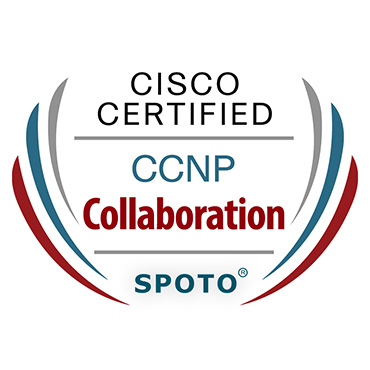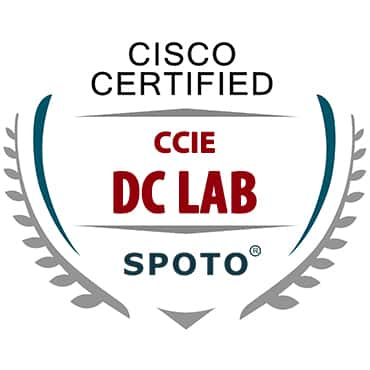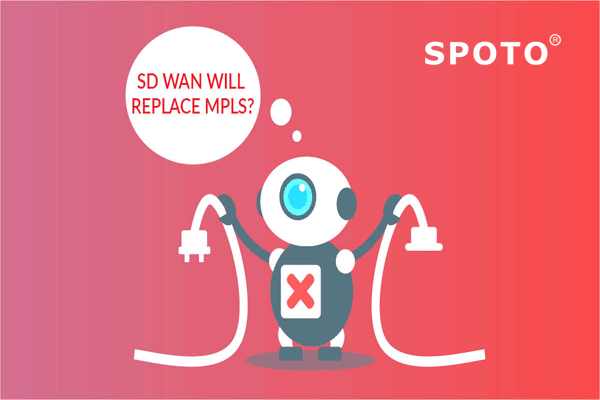· MPLS Alternative
The WAN is considered to be evolving, and SD-WAN would be all the rage. It promises to remove the constraints of legacy connectivity technologies, namely, MPLS, and create a resilient, flexible, and secure network. MPLS is considered to be a privately managed backbone with built-in Quality of Service (QoS). MPLS services would deliver the predictability that whatever contention exists for its backbone would be governed by the MPLS provider.
Packet loss and latency statistics are more dependable and much lower than those of the public Internet. And to back up that point, MPLS services would be coming with guarantees of availability, 99.99% per year uptime, packet loss, 0.1% is typical, and latency based on route-by-route. Just as important, MPLS services are considered to be the mature services built for the enterprise. Aside from the SLAs, they would be coming with integrated invoicing, end-to-end delivery, as well as management.
· The Disadvantages of MPLS
But there’s a price for this kind of committed infrastructure. Committing to a maximum latency, dedicated capacity, and maximum time to repair makes MPLS services very costly. As a result, the ability would be constrained by available budgets and could be easily overwhelmed by the needs of the business. MPLS services would also be notorious for their lack of agility. Site deployments would be involving a slow as well as the rigid process that could take weeks and might be months sometimes to complete. Change management is also considered to be a hassle, requiring careful coordination with the carrier for ensuring service levels are met.
· Addressing the challenges of MPLS
SD-WAN would be looking to address the challenges of MPLS, such as cost, rigidity, capacity, and manageability. The SD-WAN edge router could dynamically route traffic over multiple data services like MPLS, cable, xDSL, 4G/LTE, and the type of transportation as well as the quality of the underlying service. SD-WAN edge solutions would be letting the organizations boost capacity available for production by adding economic data services for an existing MPLS-based network.
In that context, SD-WAN could be reducing the growth of MPLS spend. SD-WAN would be automating application traffic routing, which might be supported by real-time monitoring of adjusting conditions, which suggests less error-prone manual configuration changes throughout command-line interfaces. Some SD-WAN solutions would be offering zero-touch provisioning, which would be allowing the edge to configure its connection to the WAN utilizing the available mix of services at each location. A site could be brought online quickly with a single or dual Internet service or even 4G/LTE. And, MPLS could be incorporated when it would be becoming available at a later point. So, before we get to the answer, if you are looking forward to acquiring an IT Certification, you must check out the training courses offered at the SPOTO Club.
· Can SD-WAN help you replace MPLS?
Yes, potentially, if we talk! Many businesses already have a substantial investment in MPLS and would be enjoying their reliability. However, performance is often considered a limiting factor with MPLS, and legacy WAN routers would be having a difficult time providing load-balancing and high availability over both MPLS and Business Internet in the same location. SD-WAN would allow you to have WAN circuit flexibility in the remote office and choose the right circuits with the right price and performance metrics, which would be based on the needs of each location.
So, year at some point in the future, SD-WAN might replace the MPLS. You should opt for the training courses at the SPOTO Club if you wish to acquire more knowledge regarding the SD-WAN.













Comments